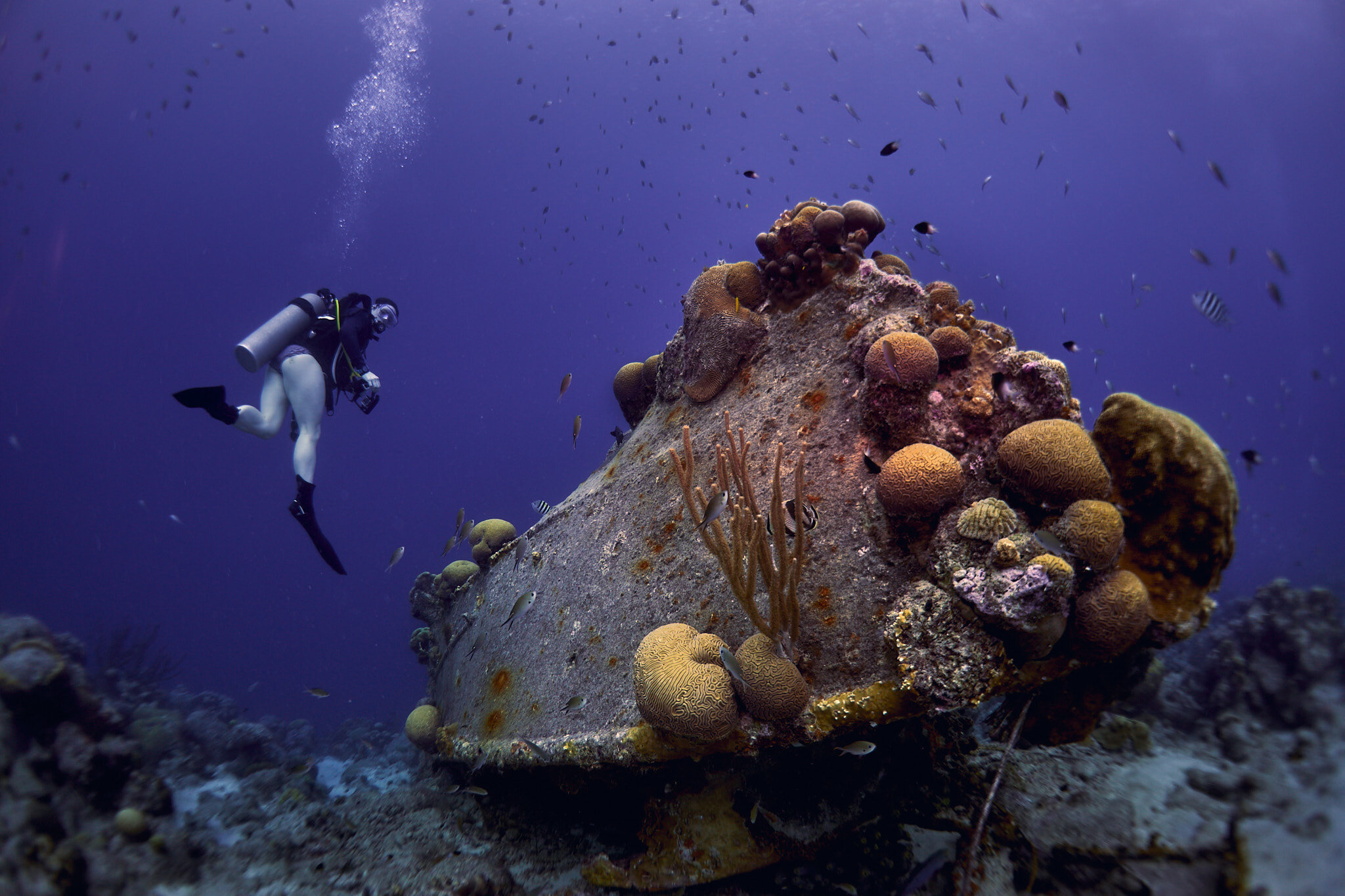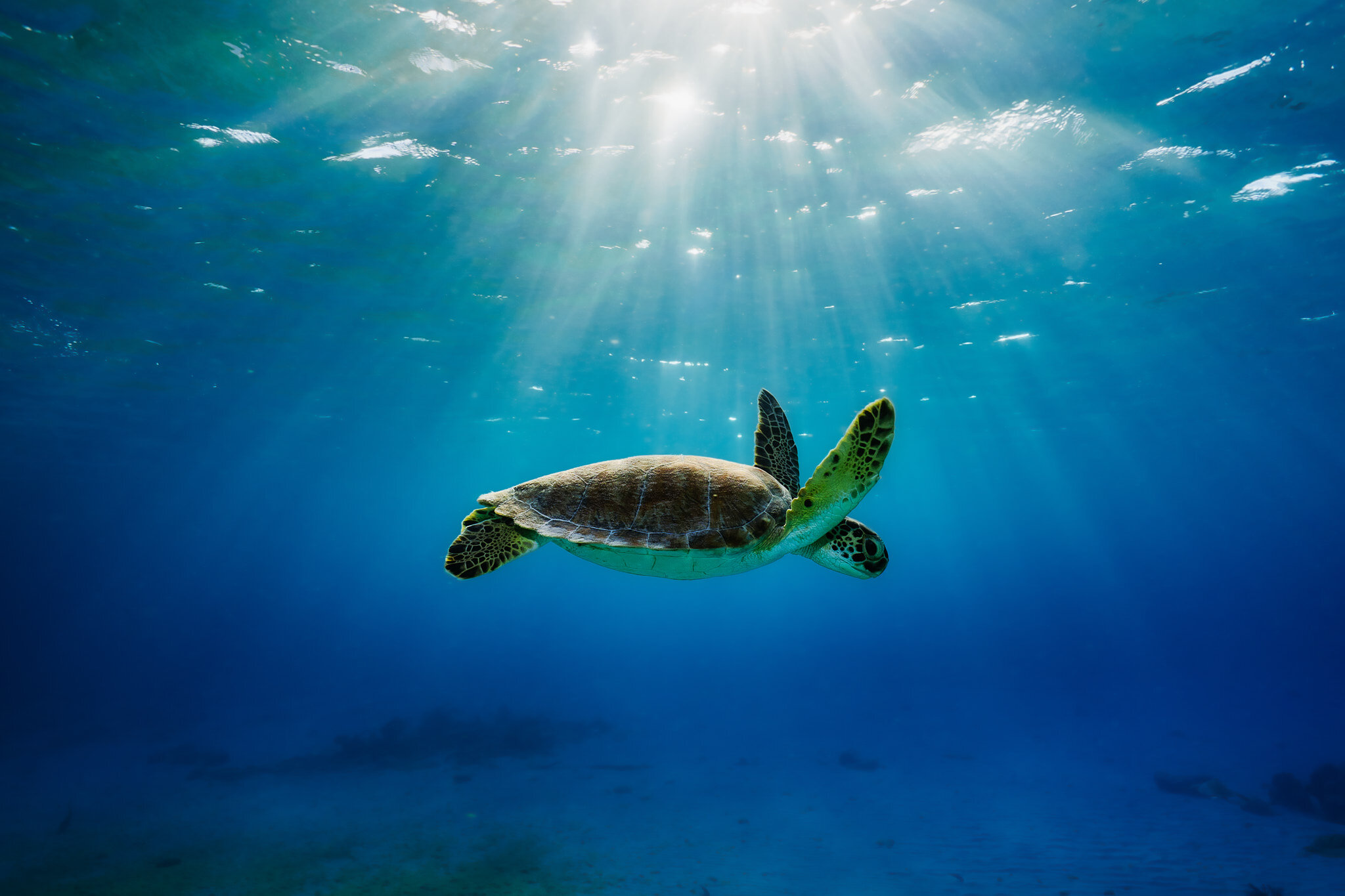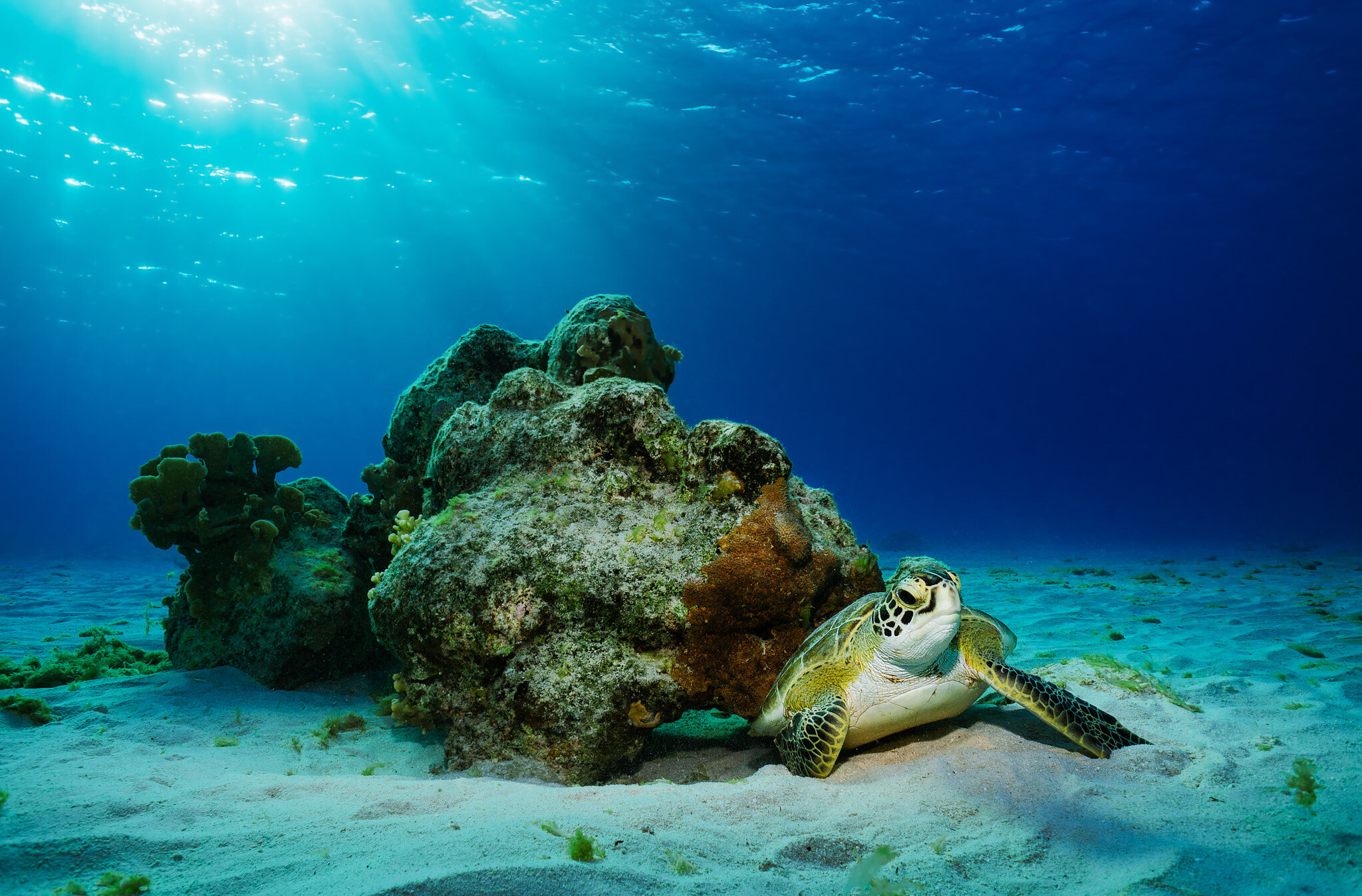Bonaire - An Adventure Guide
Table of Contents
As a boy, I often dreamed of life on exotic islands across the sea. I was rapt by Stevenson’s Treasure Island and stories of Pirates sailing the seven seas in search of glory and treasure. All these years later, the sea, she still calls to me. In some ways, that is probably how I found myself standing on the rocky cliff known as Oil Slick Leap, prepared to throw myself into the sea.
The idea of jumping off a cliff into the ocean with 50lbs of weight strapped to you might not be your idea of a holiday, but there is so much more to the wind-swept shores of Bonaire, and I hope that this article will help you make the most of your time in the Caribbean Netherlands.
When to Go
Weather shouldn’t really play a role in your decision on when to visit Bonaire. The island’s location in the southern Caribbean near the equator means the temperature is fairly consistent year-round with average high temperatures during the day running around 89 °F/31 °C and 78°/26° at night. Along with relatively mild temperatures, the wind blows on average around 6mph year-round making those temperatures feel cooler.
It is also worth noting that Bonaire sits on the southern fringes of the Atlantic Hurricane belt. While they are not outside that belt and not immune to tropical storm activity, it is rare. More information on this can be found in the paper Hurricanes and Tropical Storms in the Dutch Caribbean published by the Meteorological Department of Curacao.
A bigger influence on when to travel might have more to do with when cruise ships are in port. If you are a cruiser, then you can skip this section and check out what the island has to offer. The population of the entire island of Bonaire is only 20,000 when cruise ships come to the island they can bring as many as 5,000 people ashore. If you are like me, this is something that you want to plan to avoid. Since July, August, and September are the height of hurricane season in the Caribbean, this is also a low season for cruises.
Where to Stay
There are a variety of accommodations on Bonaire ranging from the traditional Courtyard by Marriott to resorts specifically tailored to SCUBA Divers like Buddy Dive Resort. If you have travel points, the former would be a great option. Buddy dive really caters to diving, so if you are going with a group or intend to make diving the focal point of your trip the latter is a great option. In fact, Buddy Dive resort is where I stayed the last time I visited.
However, on our next trip, we plan on staying in private rental, like those offered through Airbnb. While the resort certainly had conveniences, nothing beats watching the sunset from a private patio or beach. There are plenty of great options south of the Bonaire’s capital Kralendijk for this.
Getting Around
While there is limited public transportation in Bonaire, the best way to get around during your stay is to rent a car and drive. There is no real traffic to speak of, in fact there isn’t a single traffic light on the whole island. If you are from a country that drives on the right-hand side of the road, you won’t have to change a thing. While most of the traffic signals are self-explanatory, a quick reference of traffic signs and their meaning can’t hurt.
There are quite a few rental car companies on the island to choose from. If you are staying at a dive resort like Buddy Dive, they even have their own fleet of trucks to rent out. This is what we did for our time on island and it worked great.
Locking your car
While this might seem like an odd topic to cover, it is an important one that will probably be reiterated by the rental car company when you get your vehicle. Do not lock your car, especially when you are at the beach or in the water. Let me say that again:
Do not lock your car
For anyone that has ever owned a Jeep, this might not be strange advice, but a broken window is a much bigger hassle than you want to deal during your holiday. This also should go without saying, don’t leave valuables in your car as it will be unlocked. Someone going through an empty car is no big deal.
The natural challenge with not having valuables, including and especially your phone, is that many people use their phones for a map. Grab a paper map, we used one and tucked it into our guidebook that included dive sites on the island.
Getting Gas
This might seem like an odd topic to include, but my hope is that it prevents you from making the same mistake that I did. When it comes time to fill up, know that the pumps are a one-way ordeal. While in the United States we just pull up to whatever side is convenient, you will be asked to get back in line if you do that in Bonaire. Pay attention to the other cars that are at the pump and line up behind them.
Things to See
It is important to note that there are is no ranking or ordering to this list.
Salt Pier
While this may sound like a strange item to make on a list of, it is a sight to behold both above and below the water. The site is owned by Cargill and is an active salt production facility that produces some of the purest salts in the world. The process of making salt entails using capturing seawater that moves from pool to pool and increases in salinity as the water evaporates. This process increases the water temperature and thus changes the organisms that live in the water. This changes the color of the water, leaving the pools brilliant shades of pink and red.
Once the pools are drained, the salt is harvested and piled up near the pier to be loaded on to ships. The white mountains of salt are a stark contrast to the colors of the water.
Finally, the pier itself and the shallows that surround it are home to one of the best dive sites on the island and arguably the world. While there is a wide variety of sea life, the shallows host sea grasses that are a favorite among juvenile green sea turtles. It is a reliable site to spend time watching them feed and rest in the shallow waters.
Slave Huts
An important part of the history of the island, these tiny huts served as sleeping quarters for the slaves that worked the salt flats. Built in 1850, they remained in service until 1863 when slavery came to and end and slavery was abolished in the Antilles. It is hard to imaging one person living in these huts, but they housed up to six slaves each.
Flamingo Sanctuary
There is no “Welcome Center” or defined boundary, but the salt flats house the Flamingo Sanctuary where hundreds of nesting birds make their home and lay their eggs. The chicks are born white, but a diet rich in the shrimp and algae in the flats give their feathers the pink color we associate with them.
Donkey Sanctuary
The Spanish brought donkeys to Bonaire in the 17th century as a mode of transportation. They served in this role until modern vehicles became available. Without a role in service to their owners, they became too expensive to feed and maintain and many were turned loose on the island.
Bonaire is an arid, desert island. This makes it difficult for wild donkeys to survive, yet they did and some still do today. You will still see them while you drive around the island so pay attention, they actually cause traffic accidents on the island regularly.
This brings us to the sanctuary. Established in 1993 to care for injured, sick, and orphaned donkeys; the sanctuary provides a home and safe space to roam for over 700 donkeys. While you can make a visit to the gift shop, the way to really experience the sanctuary is to buy a bucket of grass pellets and drive a loop around the park. It won’t take long for you to make friends.
Washington Slagbaai National Park
The park is located on the northern end of Bonaire and encompasses a majority of that part of the island. With just under 14,000 acres that was once home to two plantations, there is much to see and explore. From hiking and mountain biking to snorkeling and diving, there is no limit on activities for the adventurous. If relaxing by crystal clear waters on the beach is more your style, head over to Boka Slagbaai beach.
If you are going to take in the national park, make sure you get your Nature Tag before you go. It is a really easy online process you can take care of early it will cover you for both the national park and the marine park which you will need if you plan on doing any water sports.
Things to Do
While certainly not a comprehensive list, these are just some of the things of interest to check out.
Diving
Bonaire is known as the shore diving capital of the world as most of its dive sites are easily accessible by making a “beach” entry. The diving was spectacular and the fact that I was always on my own schedule on how many dives I wanted to do and when I wanted to go, made it all the better. I didn’t have to wake up early for the boat, I was on island time.
I used quotes when mentioning “Beach” entry. Bonaire is a rugged island, and it is important to make a distinction here. There are actually very few beaches that as most people understand them. There are not reefs off large stretches of white sandy beaches. The shores are rugged and the most important thing you can bring with you is a thick soled pair of diving booties. Think TUSA Imprex 5mm Boot or SEAC Pro HD Wetsuit Boot. Take it slow on your entry, I saw more than a few people get pretty banged up on entry and exit.
While it is certainly possible to just drive around the island looking for yellow painted stones with dive site names on them, I recommend picking up a guide book that talks not only about the dive site but the dive profile as well. They even talk about safest entry and exit points on some.
I have been asked what my favorite dive sites were. And while it would certainly be hard to pick one, the list below would make up our short list of where we can’t wait to go back to.
· Lac Bay – Checkout Bonaire East Coast Diving for this one!
· Salt Pier
· Something Special
· Pink Beach – Night Dive with the Ostracods here!
· 1000 Steps
Windsurfing/Kitesurfing
While I fancy myself a sailor, windsurfing and kitesurfing are not sports I have had the opportunity to pick up. Because of Bonaire’s location, the trade winds seem to forever blow, making it an ideal spot for these sports. Lac Bay, on the east side of the island, is the perfect place to learn. If you want to try your hand and learn, check out Bonaire Windsurf Place.
Conclusion
If you have been dreaming of a remote island with crystal clear waters teaming with life, your paradise may be closer than you think. Don’t overlook this Caribbean Netherlands gem when planning your next vacation. It is certainly on our list of places to return soon.
Have you been to Bonaire? What were your favorite experiences or things to do? We would love to hear from you in the comments below. If you want to see more images from Bonaire or purchase any underwater fine art prints, check the links below.







